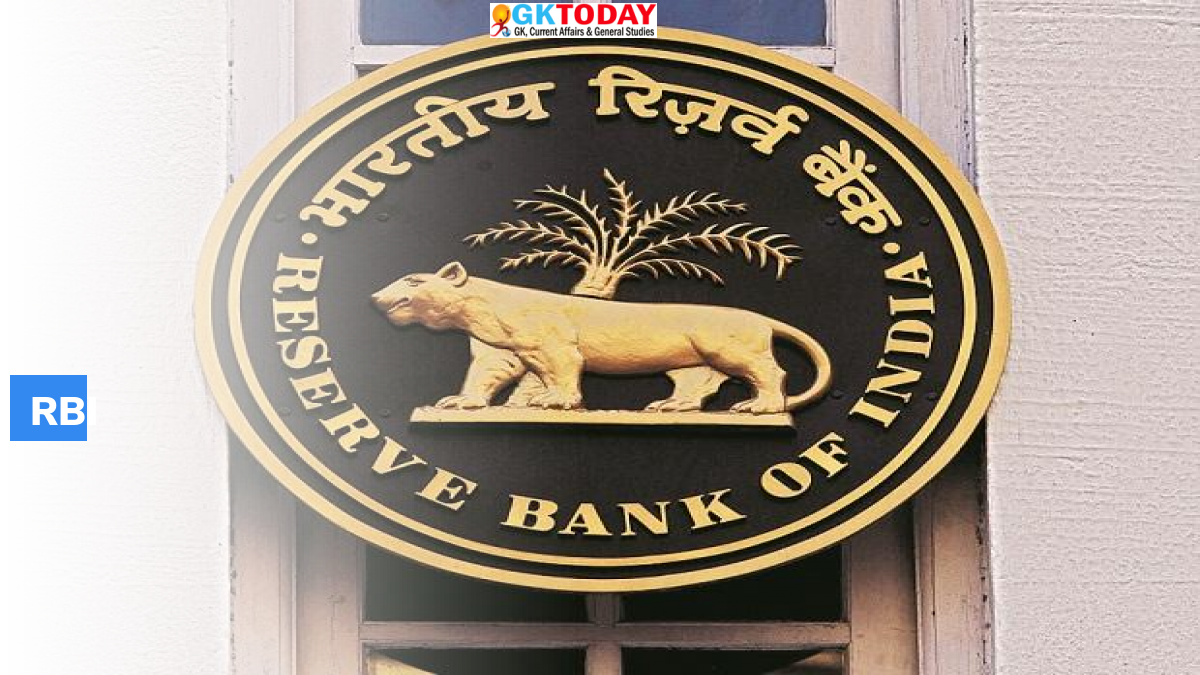RBI Financial Stability Report (FSR)- Highlights
The Reserve Bank of India (RBI) released its Financial Stability Report on December 29, 2021.
Key Points
- According to the report, stress tests have revealed that gross non-performing assets (GNPAs) of banks is likely to jump from 6.9 percent in September 2021 to 8.1 percent in September 2022 under the baseline scenario.
- While under a severe stress scenario, it is likely to increase to 9.5 percent for the same period.
- Report highlights that, scheduled Commercial Banks have sufficient capital, at the aggregate as well as individual levels, even under stress conditions
- The report further highlights the collective assessment of Sub-Committee of the Financial Stability & Development Council (FSDC) on risks to financial stability as well as resilience of the financial system.
- It notes that, progress in vaccination on the domestic front has enabled the recovery to regain traction after debilitating second wave of Covid-19 pandemic.
- However, signs of slowing pace were witnessed more recently.
- Corporate sector is gaining strength and bank credit growth is also improving.
Capital to risk-weighted assets ratio (CRAR)
The capital to risk-weighted assets ratio (CRAR) of scheduled commercial banks (SCBs) have increased to a new peak of 16.6 percent. On the other hand, provisioning coverage ratio (PCR) was at 68.1 percent in September 2021.
Global economic recovery
As per report, global economic recovery has been losing momentum in second half of 2021 in the light of increasing COVID-19 infections, emergence of new variant Omicron, bottlenecks & elevated inflationary levels and supply disruptions.
The Financial Stability Report (FSR)
The FSR is published biannually by the Reserve Bank of India. It reflects the collective assessment of Sub-Committee of the Financial Stability and Development Council (FSDC), on risks to financial stability. It also discusses the issues related to development and regulation of financial sector.
Month: Current Affairs - December, 2021


